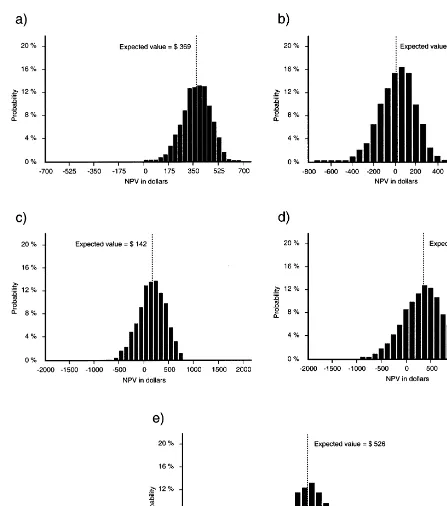Directory UMM :Data Elmu:jurnal:E:Ecological Economics:Vol33.Issue2.May2000:
Teks penuh
Gambar




Dokumen terkait
Using a sample of Dutch advertising firms, we find that those with better-looking executives have higher revenues. Impacts on revenue far exceed the likely effects of beauty on
A random utility model is used to estimate the welfare change associated with the creation of nature reserves in all the Irish forests currently without one.. The yearly impact
We derive formulae for the asymptotic density and distribution functions of the t-statistic for autoregressive unit roots based on M-estimators.. These formulae depend upon a
In this paper, I investigate whether the importance of probability of divorce (divorce-risk) as a factor in women’s labor supply decision has changed across cohorts by comparing
We demonstrated that expected output would be below the natural rate 2 the authorities cannot, therefore, remove the inflation bias by having an output target equal to the natural
In this paper we have provided a framework based on a canonical representation of the long run matrix, which can constitute a basis for Granger non-causality testing, and that
Consistent with the cost-minimizing literature, the results of the logit model indicate that labour intensive firms, displaying a low capital to labour ratio, are more likely
Using two of these measures, it then presents a time series analysis on trends in the distribution of incomes in two case study coun- tries (the UK and Sweden) and carries out
